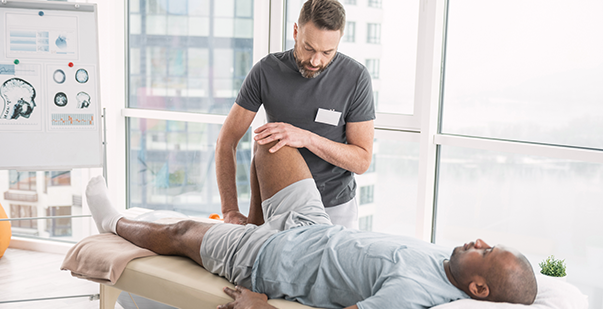
Discover the advantages of Learntastic's no-cost Physical Therapy Training certi...
Read More
Online certifications for Physical Therapy Assistants are great for boosting the...
Read More
Explore the top 10 physical therapist certifications for specialization.
Read More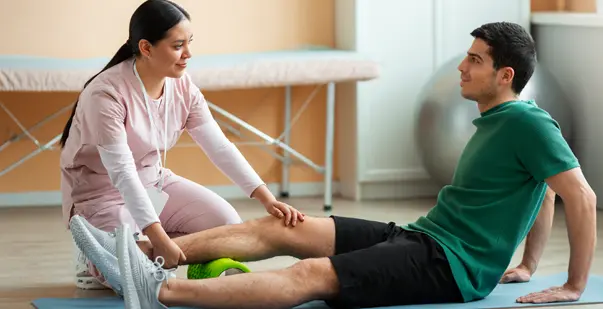
Explore the top benefits of physical training for healthcare providers.
Read More
Physical therapy continuing education courses keep your skills sharp, expand you...
Read More
Curious about the best path for your physical therapy CE? Dive into the pros and...
Read More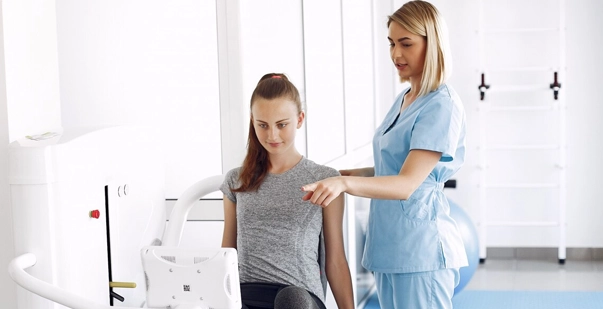
Discover cutting-edge techniques in physical therapy with top-rated continuing e...
Read More.webp)
Occupational therapy focuses on improving daily living skills and independence,...
Read More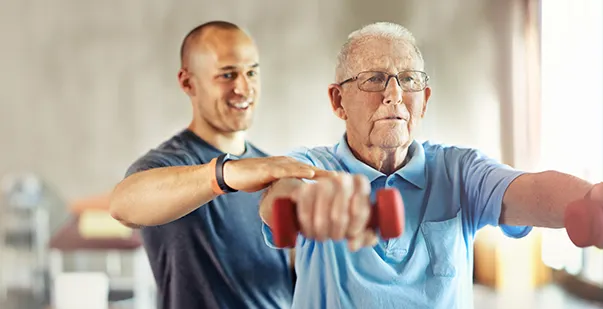
Professional physical therapy helps people recover, move better, and manage pain...
Read More
DPT stands for Doctor of Physical Therapy, a professional degree required to bec...
Read More.webp)
Wondering how to become a physical therapist? Discover the education, licensing,...
Read More
An Occupational Therapy Assistant helps patients regain skills for daily living....
Read More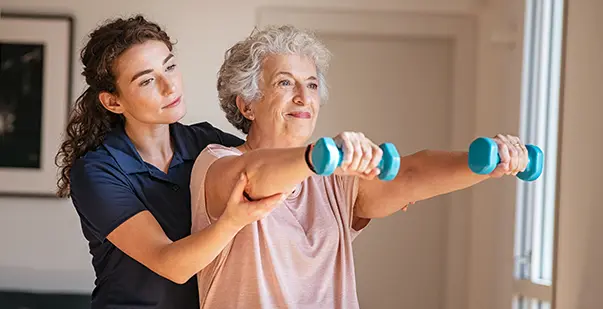
Celebrate National Physical Therapy Month by sharpening your CE skills! Discover...
Read More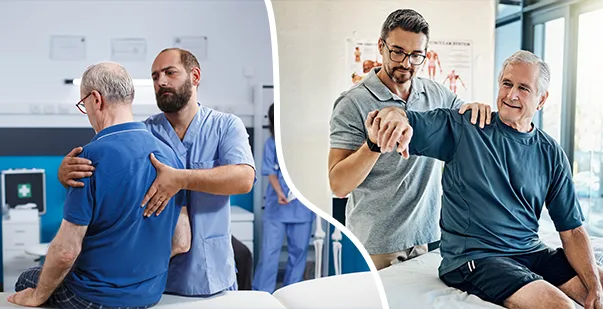
Discover the key differences between physical therapy and chiropractic care. Lea...
Read More
Learn how often you should visit a physical therapist and what factors shape you...
Read More
Discover how aquatic physical therapy helps manage pain, improve mobility, and s...
Read More
